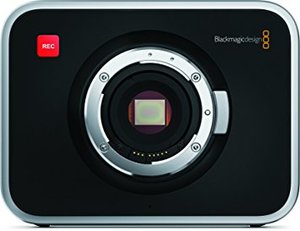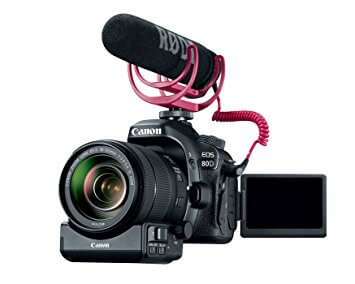Part 1: How to Make a Movie

The internet has changed the way we get information and entertainment. More people are getting their film ideas and even their full length feature movies discovered online.
As a video production company in the Big Apple and indie filmmaker, we’ve picked up a thing or two about making films and wanted to share our ideas on the filmmaking process.
You can be the next big Hollywood producer, even if you are living in Bloomington, Illinois. Remember “The Blair Witch Project?”
This was the first film to be promoted using viral marketing online and it was a huge success. This film had a budget of next to nothing but went on to make millions of dollars at the box office. It was nothing – not even a really good film. It starred unknown actors and had just the basics when it came to the set.
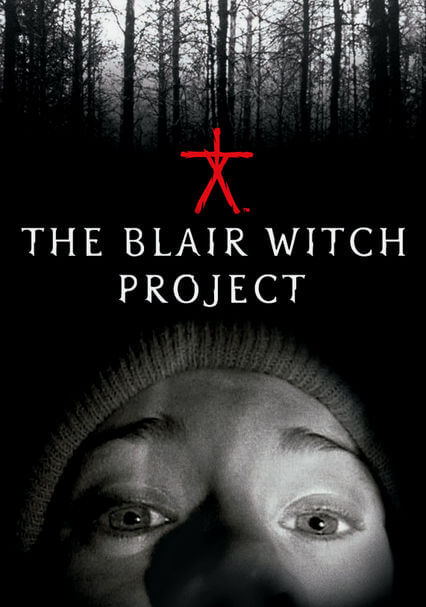
No special effects, just a creepy camera angle that kept jumping and a whole lotta hype. This film could have been made by a high school film student, but it wasn’t.
It was made by professional film makers who tested the power of internet marketing.
People actually believed that “The Blair Witch Project” was real.
They believed the film was an actual documentary of “lost footage” and flocked to the movies to pay $8 a ticket to see it. Why?
Because someone online told them it was real. This type of movie making called found footage later spawned many indie horror films that became blockbusters:
- REC
- V/H/S
- Cloverfield
- Paranormal Activity
- Troll Hunter (a 2Bridges favorite and highly recommended)

Despite the incredible entertainment value of these simple movie ideas that are budget friendly, we still haven’t picked up on the sensation of storytelling first – CGI second.
We are still relying on Hollywood to entertain us with re-makes of television shows and former films that were hits.

Yet we have more tools than ever today to allow us to not only make a movie on a limited budget and even produce it ourselves while marketing it virally.
If you do this successfully, you will not be begging producers to take a look at your next screenplay, they will be fighting over you.
Short History of Movie Making
Traditionally, after the motion picture industry moved to Hollywood, which is really just a zip code in Los Angeles, there were the major movie studios who made “pictures.”
The person who started the entire industry was Thomas Edison, who filmed in New York. Edison played an instrumental part in the development of the and adaption of the 4:3 aspect ratio in early Hollywood movies.
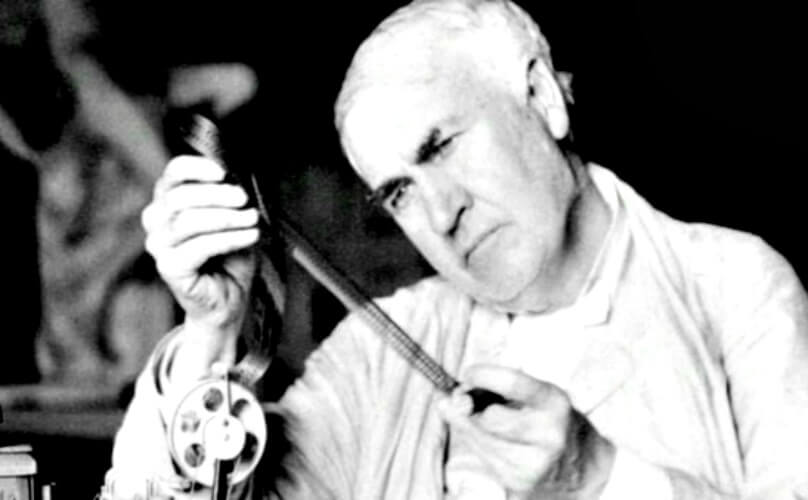
The industry moved to California in the early part of the 20th century and the major studios were set up.
They included Metro Goldwyn Mayer, MGM, which is still around today. The studio heads found stars that they liked and signed them to contracts.
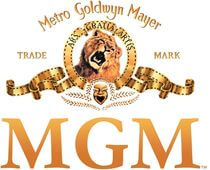
They had to show up for work each day and were often cast as extras into pictures. Everyone hoped that they would be the next person to be “discovered” by a director or producer as a star and brought to the attention of Louis Mayer.
Some found all sorts of creative ways to do this, including marrying the producers.
If a screenwriter had a story that he wanted to tell, he had to write a screenplay and sell it to a producer.
He had to not only worry about being rejected, but someone stealing his idea. It happened all of the time in Hollywood.
People normally got jobs as script editors so that they could get their foot in the door. It was a very competitive business and still is today.
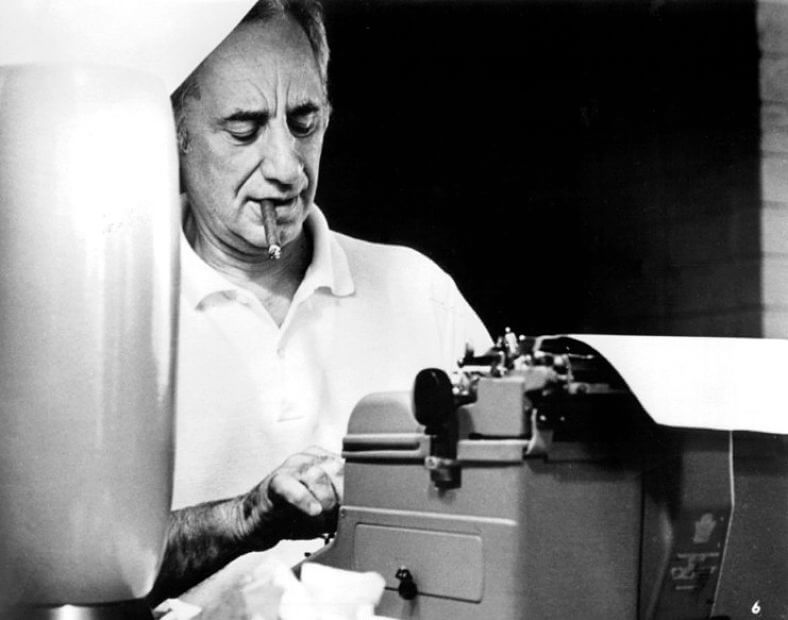
An example of a modern success story with regard to screenwriting is Sylvester Stallone, who wrote “Rocky.” Stallone wrote the screenplay with one person in mind to play the star of the film – himself.
He knew he had a winner on his hands and wouldn’t budge when the studios wanted to buy the screenplay but cast a better known star in the part.
He won out and ended up winning the Academy Award for his screenplay and “Rocky” won best picture.
Independent films didn’t really start making their way to major movie theaters until the 1980s.
Prior to that, the public was pretty much tied in to what Hollywood was churning out.
And the studios were working hard to turn out some good stuff. Somewhere along the line, they began to just re-hash remakes of former films that were hits.
Studios were no longer taking a chance on unknown screenwriters, actors, directors or ideas.
They wanted blockbusters every single time and would rather spend millions for a story that said nothing, was predictable and had no meaning (“Titanic”) than take a chance on an idea that was out of mainstream, especially if there was no big box office draw in the cast (The Full Monty – which came from the UK).
Many stars began producing their own films because they wanted a little bit more creative control over their products and something different.
Independent film studios and producers started making films and the “Sundance Film Festival,” a festival that showcases independent films, was born.
Today, the Sundance Film Festival, founded by movie icon Robert Redford, is pretty much mainstream and not just for indie film makers.
With the advent of the internet, it became possible for anyone to make a movie and distribute it virally online.
You can make your own movie and make it famous. Once you have done this, you will have people clamoring to buy the rights of the film and anything you do in the future you will not have trouble selling.
The entire idea of becoming a successful screenwriter is difficult for an unknown.
It is a paradox – you have to have an agent, but if you can’t get an agent until you have something produced. But you can’t get produced without an agent.
Overview of Creating a Movie
Be it a medical procedure or a pilot flying a plane, we follow certain guidelines.
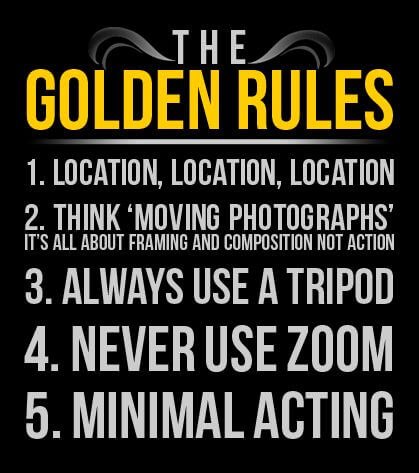
People think that making movies is simple and find it easy to scrutinize masterpieces, when in actual fact a lot of planning has been put in this tedious process.
The following are the primary steps to planning a movie:
Pre-production involves getting all of the factors needed for the film project. These factors include those utilized in production and post production stage. Some factors that play an important role in pre-production are location scouts, casting scouts and producers.
Location scouts have the role of selecting suitable locations for filming.
Casting scouts play the role of selecting the best suitable actors and actresses for the designated role.
Producers oversee the project from the pre-production stage to the post-production stage and make sure that everything is going according to schedule.
(Film) Production involves the interaction of the factors i.e. director, actors and actresses and engineers. The director tells the factors what to do and it’s his job to bring the screenplay to life. Actors and actresses get into the role they have been designated and bring the characters to life. Engineers are broken up into sound, light and effects department.
This is where the magic happens as the actual film filmed. Hiring the right crew and talent are key to make movie magic onset on a film production.
Post-production involves editing, adding visual effects and musical score. The editor takes care of editing the script whiles the director oversees the editing and gives his own input. The musical score is usually composed from scratch by music composers. The music can be non lyrical and just include instruments or have both.
One can say that the “magic” happens in the edit. Referring to the edit means post production. Indeed, the style and tone of the movie could be heavily influenced by the edit and application of color theory.
Once these processes are done and the finished package has passed the screen test, the film will be ready for release.
What This Guide Will Teach You
The three steps above are simple enough. Making lists are great, but actually doing them is another thing. We work with a lot of filmmakers in New York City and wanted to share our thoughts on the process.
We hope you find the tips useful and appreciate that it takes a talented team to bring movie magic into the theaters.
We can certainly help you with getting your project off the ground and running. Just tell use what you need here.
Let’s get on with the guide. It’s broken up into ten parts:
- Part 1: How to Make a Movie Introduction
- Part 2: The Storyline – Pre-Production
- Part 3: The Producer
- Part 4: The Director
- Part 5: Casting Talent
- Part 6: Production and Equipment
- Part 7: Editing the film
- Part 8: Screening Your Film
- Part 9: Getting a Backer
- Part 10: Film Festivals
2Bridges Productions Copyright © 2017. Address: 25 Monroe St, New York, NY 10002. Phone: 516-659-7074 – All Rights Reserved.
We are a participant in the Amazon Services LLC Associates Program, an affiliate advertising program designed to provide a means for us to earn fees by linking to Amazon.com and affiliated sites.

